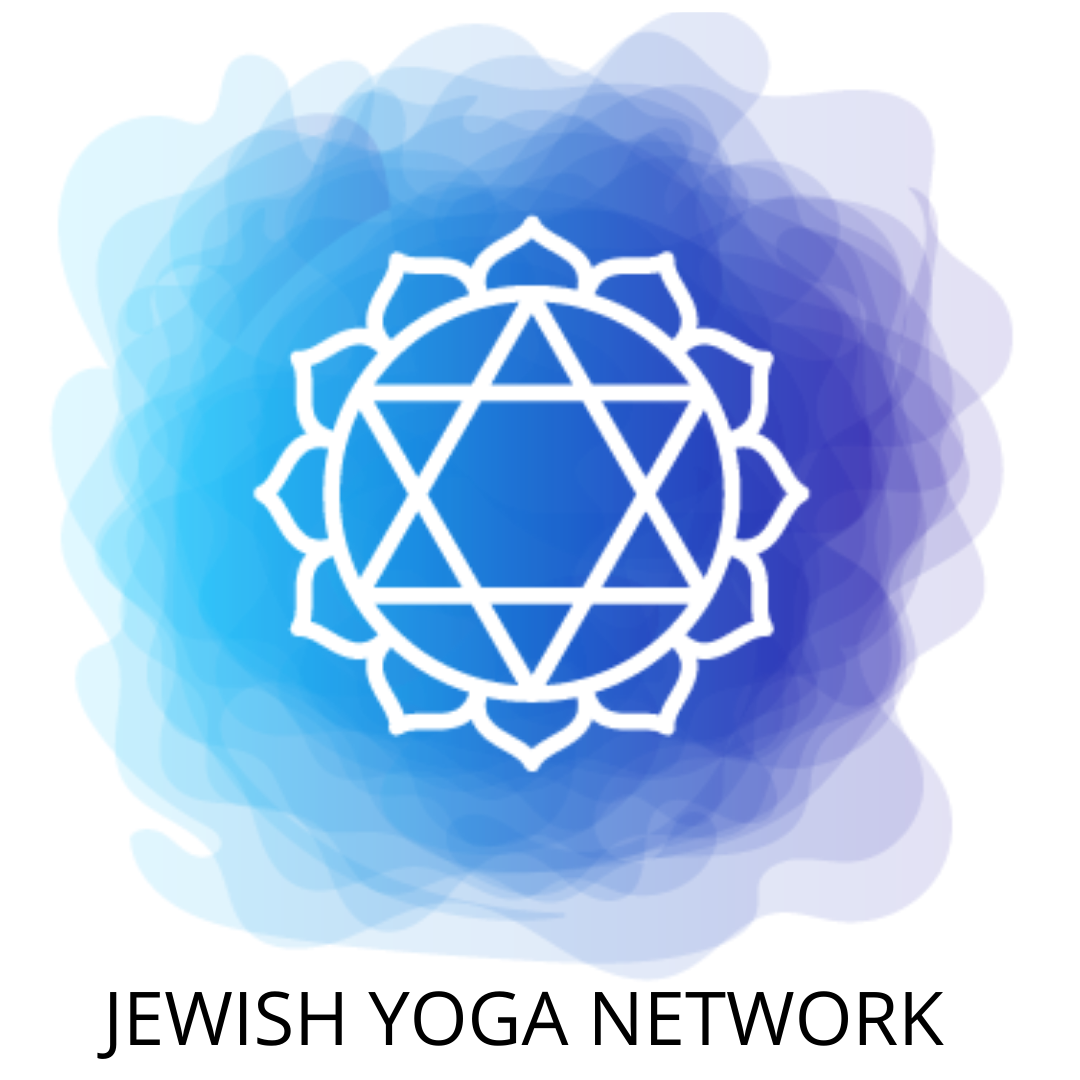Hebrew Mantras Part 2 – Adonai Hineni
YOGA AND JUDAISM CENTER
Email Yajcenter@aol.com
Blog Yajcenter.blogspot.com
By Steven J. Gold
I have written other articles about Jewish Yoga Meditation and Hebrew Mantras. They made many suggestions for the practitioner to experiment with concerning various mantras. In addition to the foundational mantras involving the Tetragrammaton, the Shema, and the Amidah, over the years of experimentation, another mantra has emerged as particularly potent in my own experience and in the experience of many who have been introduced to this specific mantra through my teaching sessions, Adonai Hineni. I have come to focus on it whenever I am introducing Hebrew mantras to new students. In order to highlight its significance, I am writing this new article to provide it the proper emphasis it is due, so that more people will hopefully be exposed to it and utilize it in their personal meditation practice.
The term “Adonai” (sometimes transliterated as “Adonoi”, phonetically pronounced “Ah-Doh-Noy”) has a particular significance as found in the Torah. Up until its first appearance, the terms utilized in referencing God, such as Elohim, YHVH (the Tetragrammaton), and El Shaddai, were terms spoken directly by God as the omniscient narrator of the Torah (or, from another perspective, through the agency/narration of Moses). “Adonai” is somewhat unique, because it is uttered not directly from God, but through man (Abraham) in addressing/calling out to God (Genesis 15:2). It is usually translated as “Lord”, as acknowledgement of an ultimate power existing that is much greater than the individual mortal self.
“Hineni” (sometimes transliterated as “Hinani”, phonetically pronounced “Hee-Nay-Nee”), likewise first appears in the Torah as spoken by man/Abraham, this time in responding to God’s call (Genesis 22:1). The last time it appears in the Torah is during the event when Moses encounters the burning bush on Mt. Sinai. When the voice of God calls out to Moses, his response is, “Hineni” (Exodus 3:4). It is translated as “Here I am”, or “I am here.”, but the commentary on the inner meaning of this response is very significant. This is not the common separative “I/self” asserting itself and indicating physical location, but rather the humble vestige of a separative self responding in awe to the greatness of the Almighty which it is beholding, and offering up itself in complete submission and service. “I am at your service”, would be a more correct translation capturing the inner meaning of the literal translation. Like Abraham’s earlier addressing God as “Adonai”, here again is an utterance of great servants of God in response to God’s call to them. (Other uses found in the Torah convey similar meanings).
What has felt right for me is to utilize the two words, “Adonai” and “Hineni” in conjunction and in coordination with the breath: “Adonai” is silently intoned internally, coordinated with the inhalation (breathing in the Divine essence/life force offered by God) and “Hineni” is silently intoned internally, coordinated with the exhalation (extending back to God what we can offer in humble service, in return, with profound gratitude). I have found it to be very powerful, as have many other people to whom I have introduced it.
There is a correlation of this mantra to a primary breath-coordinated mantra from my yoga tradition, the “so-hum” mantra, also sometimes referred to as the “hamsa” mantra (reversing the ordering of the syllables). “So” is silently intoned internally, coordinated with the inhalation, and “hum” is silently intoned internally, coordinated with the exhalation. “So-Hum” is generally translated as “I am That”, or “That I am”, with “So” meaning “That” and “Hum” meaning “I”. The general import is similar to “Adonai Hineni”, as what is perceived as God separate from the small self, “That”, is taken in, while what is perceived as the small separate self, “I” is offered out, acknowledging the deeper merging of the two as “I am That”. The reverse ordering of these two syllables creates the word “hamsa”, which means “swan”, a Vedic symbol of the ability of the mind to discriminate the unreal from the real, to come to the realization that what appears separate as “That-So” and “I-Hum” are in fact connected and not separated. It is similar to the concept of Martin Buber of transforming “I-It” to “I-Thou”. However, traditional Jewish notions maintain that one can never fully merge identity with the One, but can only become closely united/clinging, similar to the bhakti perspective in yoga (the path of devotion and praise) while the teachings of Vedanta maintain that the individual identity can fully merge with the One (which can also be found in the kabalist conception of yichud/unity).
